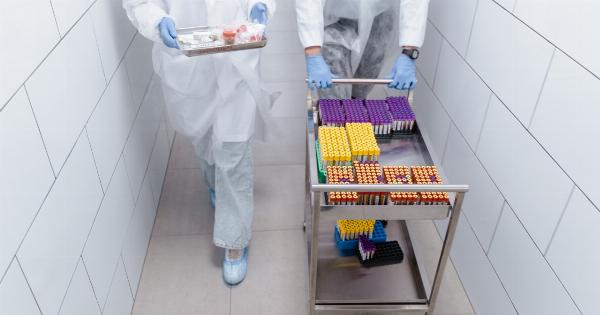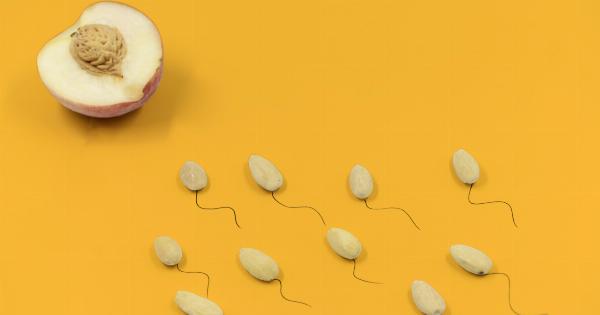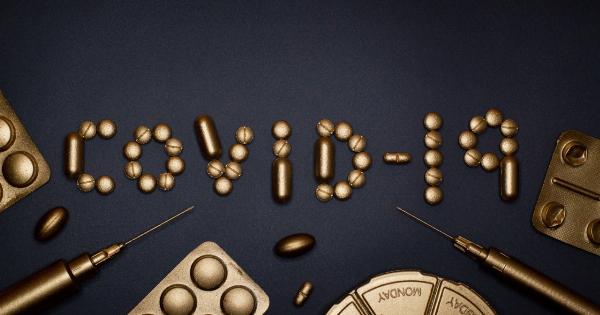When it comes to male fertility, one of the key steps in assessing reproductive health is a sperm analysis. This test provides crucial insights into the quality and quantity of sperm, which are essential factors in determining fertility.
In this article, we will break down the results of a sperm analysis, explaining what each parameter means and how it can impact the chances of conception.
Understanding Sperm Analysis
A sperm analysis, also known as a semen analysis or seminogram, is a laboratory examination of a man’s semen, which contains his sperm.
This test evaluates various parameters such as sperm count, motility, morphology, and other factors that affect fertility.
Sperm Count
The sperm count, also called sperm concentration, is the number of sperm present in one milliliter of semen. A normal sperm count is typically considered to be at least 15 million sperm per milliliter.
If the count is lower than this threshold, it may indicate a condition called oligozoospermia, which can reduce the chances of conception.
Sperm Motility
Sperm motility refers to the ability of sperm to move and swim properly. It is classified into three categories: progressive motility, non-progressive motility, and immotility.
Progressive motility refers to sperm that are swimming in a straight line or in large circles, while non-progressive motility includes sperm that have some movement but lack direction. Immotility indicates that sperm are not moving at all. Higher levels of progressive motility are associated with better fertility outcomes.
Sperm Morphology
Sperm morphology analyzes the shape and structure of sperm. Ideally, a large percentage of sperm should have a normal shape, as abnormalities can affect their ability to penetrate the egg for fertilization.
A sperm sample with a higher percentage of normal-shaped sperm is considered to have good morphology.
Volume of Semen
The volume of semen refers to the amount of liquid ejaculated during ejaculation. It is measured in milliliters (ml). While there is no strict threshold for normal volume, a typical range is between 1.5 to 5 ml.
A low volume of semen could indicate a problem with the seminal vesicles or other glands that contribute to semen production.
pH Levels
The pH level of semen indicates its acidity or alkalinity. Slightly alkaline pH (around 7.2 to 8) is considered normal. Abnormal pH levels may suggest an infection or dysfunction of the seminal vesicles or prostate gland.
Liquefaction Time
Liquefaction time is the duration it takes for the semen to change from a gel-like consistency to a liquid form. Normally, liquefaction should occur within 20 to 30 minutes after ejaculation.
Delayed liquefaction or failure to liquefy can make it difficult for sperm to swim freely.
White Blood Cells
The presence of white blood cells (leukocytes) in semen indicates the possibility of an infection or inflammation in the genital tract.
While a small number of white blood cells is normal, a high count may suggest an underlying issue that could affect fertility.
Fructose Levels
Fructose is a sugar present in semen that serves as an energy source for sperm. It is produced by the seminal vesicles. Low levels of fructose may indicate a problem with these glands, which can lead to reduced sperm motility and overall fertility.
Agglutination
Sperm agglutination refers to the clumping together of sperm. This can occur due to antibodies present in semen or as a result of an infection. Agglutination can hinder sperm movement and fertility.
Conclusion
Interpreting the results of a sperm analysis is crucial in understanding male fertility. Each parameter provides valuable insights into the health of the reproductive system and the chances of conception.
Discussing the results with a healthcare professional or a fertility specialist can help determine any necessary interventions or treatments to improve fertility outcomes.






























